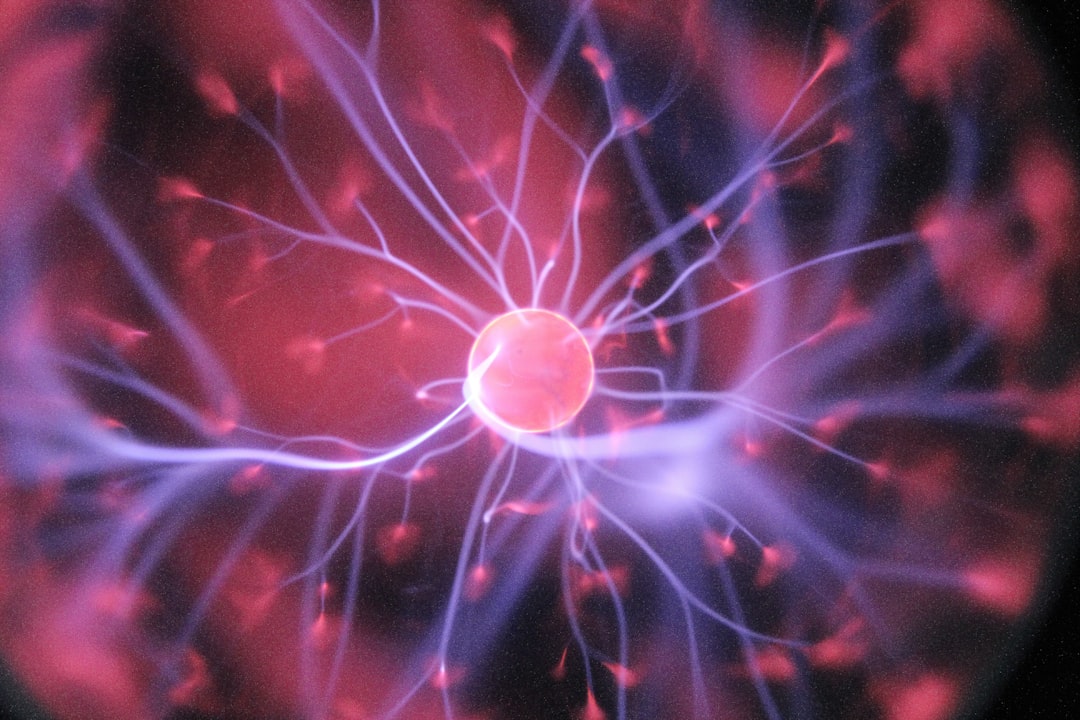What is it about?
This paper tries to clarify how the metaphor of the image and its original resolves the tension between Being and Becoming and therefore also each of the difficulties that were present in the Parmenides. Thus, the Timaeus offers a more coherent alternative to the Presocratics’ mechanistic and the Sophists’ relativist accounts and hence can be read as Plato’s final answer to the problem of universals.
Featured Image
Why is it important?
By elucidating Plato's pragmatist stance regarding the relation of epistemology and ontology, or so the interpretation of Tim. 52c2–d1offered in this paper, rationalist and empiricist positions of his time are taken into account, many of which continue to be evoked in recent discussions too. Thus, the topicality of Plato's solution remains unabated.
Perspectives
Being able to engage in hermeneutic issues that turn out to offer insights on debates persisting through the ages is what makes working on Classics still very relevant for us today. The hope is that this article may contribute not only to the scholarship of Plato but also to modern discussions, and in order to do so, I am of course more than happy to engage in critique.
Pascal Emmenegger
Universitat Zurich
Read the Original
This page is a summary of: Platons pragmatische Kosmologie: Zur Metapher von Vorbild und Abbild im Timaios, Bochumer Philosophisches Jahrbuch für Antike und Mittelalter, December 2016, John Benjamins,
DOI: 10.1075/bpjam.19.01emm.
You can read the full text:
Contributors
The following have contributed to this page










